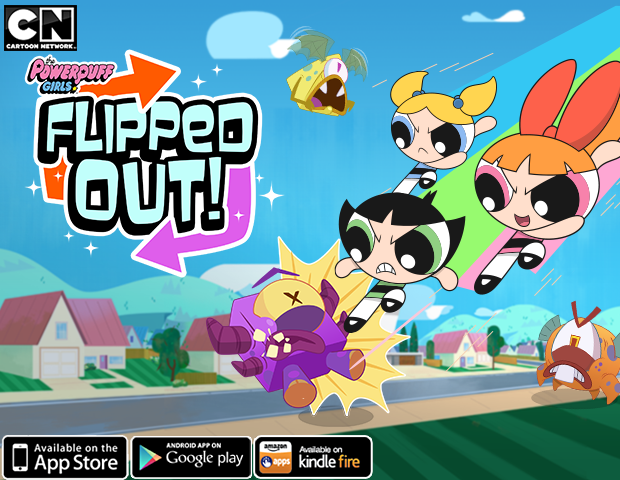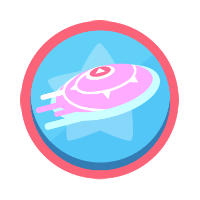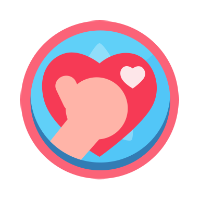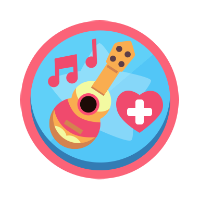Cartoon Network
The Games
I’ve been fortunate in my career to work with such interesting and well known IP’s in Cartoon Networks catalogue. Some of these, like the Powerpuff Girls and Teen Titans, were shows that I enjoyed as a child, so getting the opportunity to participate in creating a game for them was very exciting. And working on the others gave me a new appreciation for their respective shows. Games are a unique challenge to take on, given that there are so many possibilities we as the developers had to anticipate a player might do. Not everyone follows the path laid out before them, so we had to really put thought into every move a player could make.
User Interface
We tried to keep in mind how users interact with their devices - keeping the UI within reachable areas with a single finger or thumb on mobile devices, and following usual conventions of left to right top to bottom in the case of console and apple TV games. The next button is always placed at the bottom right for a natural “complete” progression to the next screen, and buttons that bring the user back and potentially make them lose progress are placed top left to avoid accidental taping. Paying attention to established conventions while applying feedback from play testing is the constant back and forth we need to practice to ensure the best UX we can make.
Getting ideas across
I am often tasked with creating icons for many different aspects of the game, usually starting with a brief description and name of the asset. In the example below, each character has their own move sets, an icon for each move. The real challenge is creating something that is recognizable at a small size, while still getting across an idea of what the move does. It is a rewarding feeling finding something that works well helping players make the necessary decisions while in battle!
Characters
Characters have always held a special place in my heart, and creating all these characters in different styles for different games was a real treat. Some were directly from the creators of the shows, and others were completely fabricated specifically for our games.
It’s a team effort
Our process is always very collaborative and organic. We all share ideas, artists programmers and managers alike to come up with the best most efficient solution to the problem. If something wasn’t working anymore, we’d tackle it then and there, get a new solution, and keep on designing. It taught me a lot about thinking on my toes and keeping a cool level head even in times of great stress. Now it seems no matter the challenge I am confident in my abilities to find a solution and get the job done.
I didn’t realize it at the time, but all those impromptu meetings and brainstorming sessions to fix a new problem, I was engaging in user experience. We were always trying to make sure the feature was fun and easy to understand for the player, but also not going to cause months of re-work for the programmers. Once I realized that is what we were doing, I started exploring UX more, and came to realize I enjoyed it.
Do Great Things!
The user’s emotional state during game play matters. I imagine a kid playing one of our games, grinding away to achieve a goal, and once they finally get that last coin, nothing happens and there is no validation to all the hard work they put in. That’s not something I want for the people who play my games. So when a player achieves something, I want them to see that achievement. I want them to know they did great, and they now get a reward in the form of a brightly colored exciting image reflecting their actions; and thats exactly what these icons were created for.
































